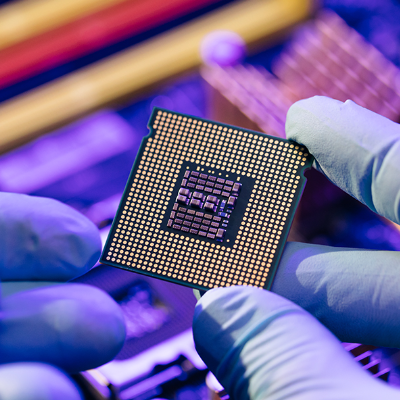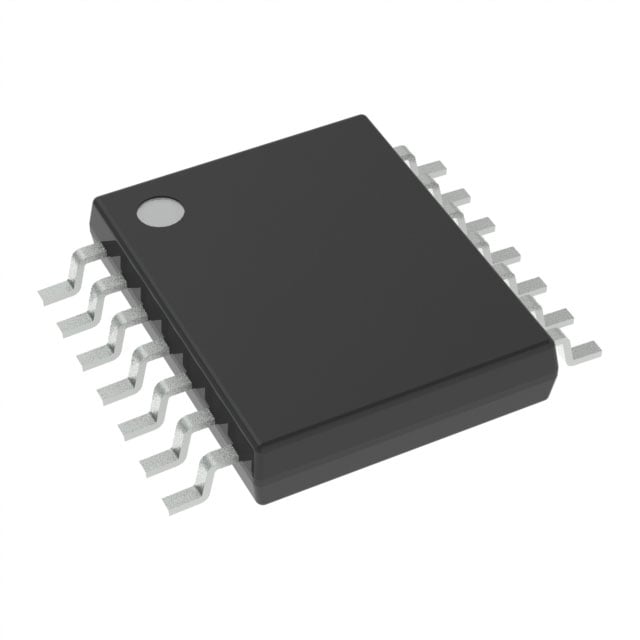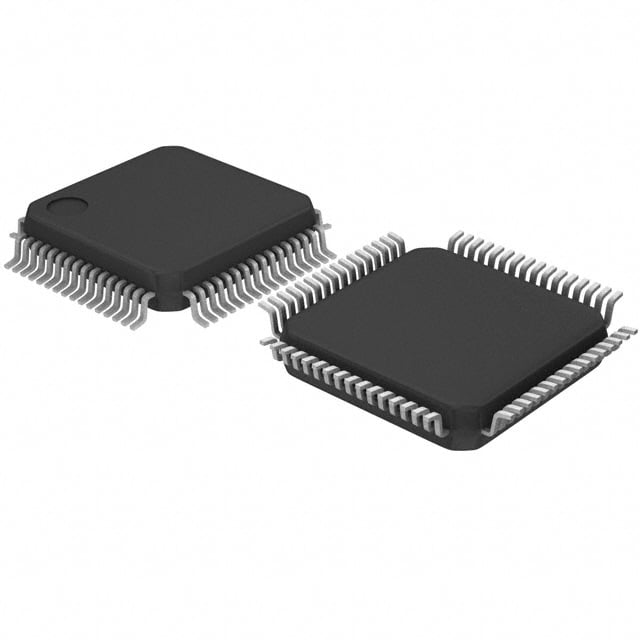Global Semiconductor Industry Shows Strong Recovery Momentum
Global semiconductor industry is showing no signs of slowing down in its recovery. Benefiting from the AI wave and the gradual revival of consumer electronics market demand, the semiconductor market is continuously releasing positive signals.

According to data released by the South Korean Ministry of Trade, Industry, and Energy, chip exports from South Korea reached $11.7 billion in March this year, a year-on-year increase of 35.7%. This marks the fifth consecutive month of growth and the highest monthly growth rate since June 2022. The industry believes that the export value of Korean chips is rising, driven by the demand for smartphones, data centers, and AI.
Meanwhile, the Semiconductor Industry Association (SIA) of the United States announced that the global semiconductor industry's total sales in January this year amounted to $47.6 billion, a year-on-year increase of 15.2%. In February, global semiconductor sales increased by 14.3% compared to the same period last year. Previously, SIA revealed that global semiconductor industry sales in 2023 declined by 8.2% compared to the previous year. However, with the recovery of the semiconductor market in the second half of last year, global chip sales are expected to grow by 13.1% this year, reaching $595.3 billion.

In the field of memory, the latest financial report from Micron Technology showed that due to the strong demand for high-bandwidth memory (HBM) driven by AI, Micron Technology turned its losses into profits in the current fiscal quarter, and its financial forecast for this quarter exceeded expectations. Micron Technology's revenue for the second quarter of the 2024 fiscal year was $5.82 billion, compared to $4.73 billion in the previous quarter and $3.69 billion in the same period last year, representing a year-on-year growth rate of approximately 57.7%. This growth rate far exceeds the 15.6% of the first quarter and is higher than the company's self-guided range of $5.1 billion to $5.5 billion.

AI not only benefits the development of HBM but also drives the continuous increase in demand for advanced packaging, attracting major manufacturers to expand production capacity.

Currently, AI chips mainly adopt advanced packaging such as CoWoS. In order to meet market demand, media reports in March stated that TSMC (Taiwan Semiconductor Manufacturing Company) plans to invest $16 billion in the construction of a new advanced packaging plant, which is expected to start construction in April. It is reported that TSMC's planned CoWoS production capacity for this year is 35,000 wafers per month, which is expected to increase to 44,000 wafers per month by the end of 2025. With the new factory in operation, TSMC's CoWoS production capacity is expected to exceed the expected level.
Although a study conducted by the Semiconductor Industry Association (SIA) and Boston Consulting Group (BCG) examines the advantages and weaknesses of the worldwide semiconductor supply chain and proposes government measures to ensure its durability and adaptability in the long term.
The report highlights that although the existing global semiconductor supply chain, which is built on geographical specialization, has facilitated significant innovation, efficiency, and cost reductions over the past three decades, it has also exposed new vulnerabilities that necessitate government intervention. These actions include providing funding incentives to enhance domestic chip production and research.
Overall, the electronic semiconductor industry will continue to play a key role in driving innovation and progress across all sectors. As technology continues to evolve and emerging markets rise, we can expect more exciting developments and breakthroughs.


























